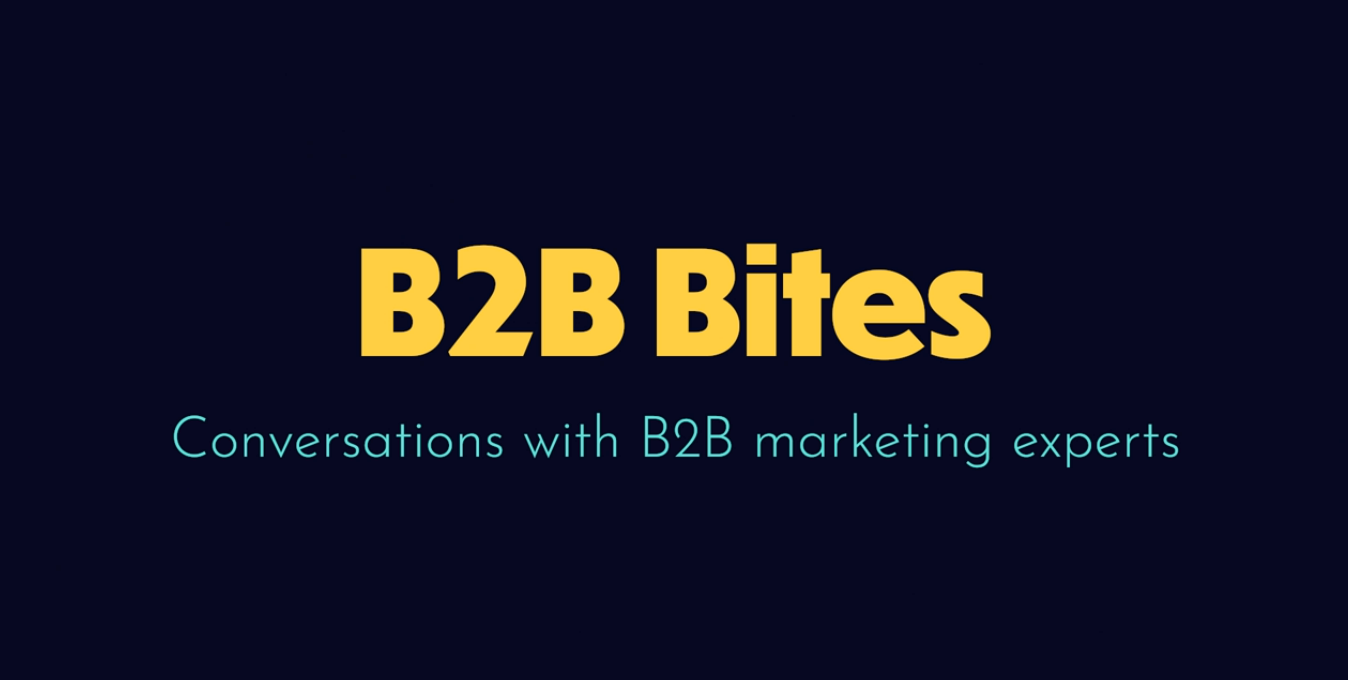The scope of marketing has expanded so much in recent years, that the very styles and tactics of online marketing have blended into undefined, new paths. What is inbound marketing, and how is it any different than digital marketing? Where do other practices, like content marketing or social media marketing fit in with the marketing scheme?
While these terms are often used interchangeably to no avail, they each carry their own distinct meaning. Knowing how to correctly define these marketing styles is key when approaching other businesses, or executives within your own business, with new marketing ideas.
Generally, inbound marketing and digital marketing are unique in two distinct ways:
1) Inbound marketing is an entire marketing methodology, while digital marketing is a broader term for elements used to digitally connect with consumers (often in the form of visual overhauls, graphics or logos).
2) Inbound marketing consists of countless moving, interrelated parts, (blogging, content offers and conversion elements, to name a few), which take a steady balance of time and expertise to implement correctly; digital marketing, on the other hand, is the practice of marketing to users across digital platforms with elements like banners, brand recognition and advertisements.
In this blog, we go more in-depth into the distinction between inbound marketing and digital marketing, as well as what strategies are best for businesses expanding their presence online.

Defining the inbound methodology
First, let’s define what exactly inbound marketing is, as it exists within the marketing sphere. Inbound marketing is an entire style of marketing, based on attracting and converting online users organically, and fuelling sales decisions with persona-tailored information; it’s grooming sales funnel leads using engagement and natural interest, as opposed to intrusive outbound strategies. This generates high quality, interest-driven conversions, and ultimately results in more qualified traffic to a business’s site.
To find true success with inbound marketing, it takes more than an active social media presence, search engine optimisation (SEO) or regular blogging alone. The inbound methodology calls for unified campaigns and consumer-driven content incorporating these elements, as well as others.
You don’t go halfway in with inbound marketing; it’s all-or-nothing, which, as many companies learn, is what makes it such an effective strategy for converting audiences. In an inbound strategy, all elements and practices are aligned, which pushes qualified leads through your sales funnel in a natural way.
Inbound strategy vs digital marketing tactics
While inbound marketing is a cohesive, committed long-term marketing methodology, digital marketing is more a collection of standalone tactics a business can use to reach users; it’s online elements such as page banners, individual site pages, logos and branding tools. Perhaps the best way to think about digital marketing is as a component of an overall inbound marketing strategy.
Crafting attractive visual elements as a digital marketing tactic is just as important as content marketing when it comes to reaching consumers (content marketing, in this case, is on the opposite end of the inbound spectrum. Digital marketing focuses of visual branding, while content marketing focuses on creating the most powerful, engaging content possible).
Both of these tactics are considered by many inbound marketing professionals to be within the overall inbound methodology. You can’t connect with audiences without branding, and you can't build user trust without high quality content; both are elements of a productive inbound marketing strategy.
Inbound within the scope of marketing
Inbound extends far beyond digital and content marketing, and consists of many unique moving components outside of these marketing practices. The key takeaway here is that for most online audiences, bare-bones digital marketing tactics fall short for one reason: value.
Inbound marketing is an intricate, interest- and persona-based approach to marketing, which champions providing useful information and answers over generating large volumes of unqualified traffic.
Whether you pursue standalone digital marketing tactics or go all-in with inbound marketing depends entirely on the needs and desired results of your business. For short term branding improvements, digital marketing practices are probably a minimal-investment direction to follow. However, for meaningful growth, more qualified leads and higher conversion rates in the long haul, inbound marketing may be the next step for your business.









